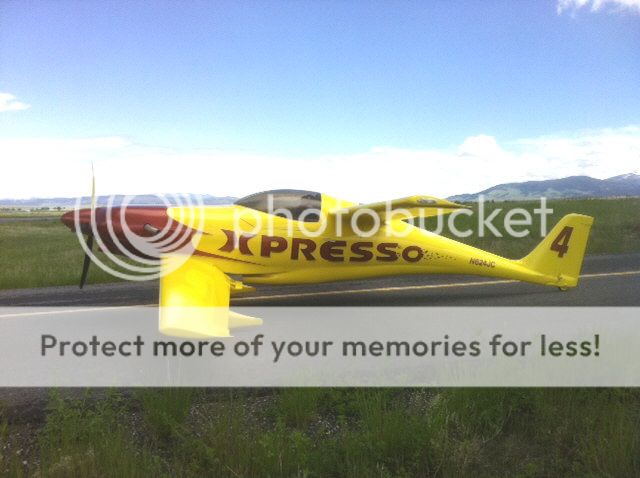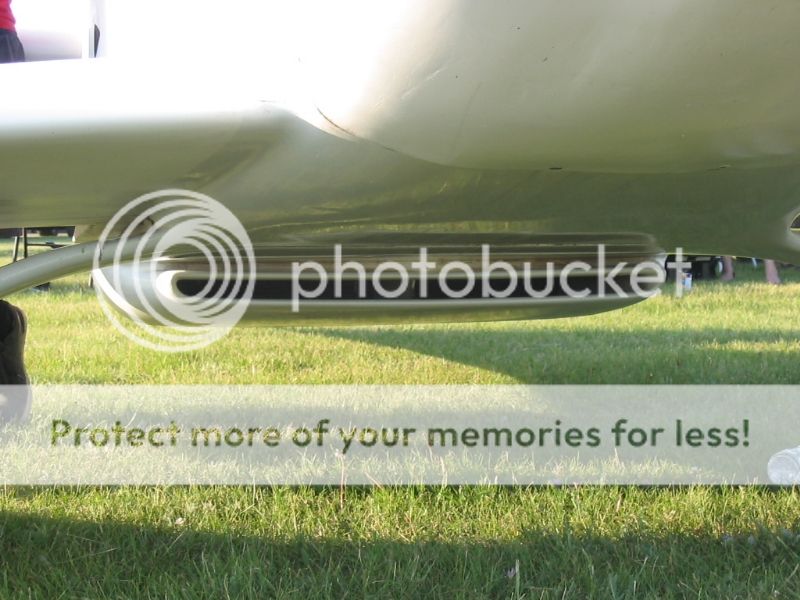I did the bifilar suspension tests on the flywheel tonight
(Pssst....Ross.....57 seconds for both?)
Everyone, this is what Ross is doing...an accurate (and homebuilder friendly) method to establish the inertia of a component.
Materials: A roll of .032” safety wire, two screw-eyes, about 14 inches of 0.50” D x .032 aluminum tube, and a wristwatch with second hand.
Clear a spot in your shop under a ceiling joist. Mark two points on the underside of the joist exactly 12 inches apart. Install the screw eyes at these two points.
Hang two lengths of safety wire from the screw eyes. Each should be 76-80 inches long.
Mark and drill two .0625 holes in the aluminum tube, exactly 12 inches apart and 6 inches from the center.
Insert the ends of the safety wire through the holes in the ends of the aluminum tube, and fasten so that the length of the wires is exactly 72 inches, as measured from the top surface of the tube to the inside radius of the screw eyes.
You’ve now completed a fixture for determining “period of oscillation”. See the illustration. Using any handy lightweight hardware as required, fasten your subject mass (a crankshaft, flywheel, sprocket, propeller, whatever) to the underside of the aluminum tube. It should be concentric with the center point of the tube.
Get ready with the stopwatch. Slightly “wind” the hanging assembly a few degrees and let go. Note the time and start counting the rotating oscillations (rotate, stop, and return back to the start point is one oscillation). Record the total number of oscillations in 120 seconds. Now repeat the counting and timing process again for accuracy (or merely to convince yourself how dead accurate this method really is).
Remove the mass subject from the hanging fixture. Take it to a good set of scales, weigh it, and record weight. With time, count and weight in hand, go find a calculator.
The equation for mass moment of inertia is:
I = W [ r T / ( 2 pi ) ]^2 / L, where
I = Inertia in slugs/ft^2
W = weight in pounds
r = radius of the wires from center of rotation, in feet (0.5 for our fixture)
T = time in seconds for each oscillation (120 divided by the number of oscillations)
L = pendulum length in feet (6 for our fixture)
Notice everything is in feet, pounds and seconds so the answer is in slug-ft^2, which is what you'll need for most other non-metric torsional equations. For metric, 1 slug-ft^2 = 1.3554 kg m^2
Example: An actual 68" mahogany prop:
I = W [ r T / (2pi) ]^2 / L
I = 6.62 [ 0.5 x 5.5 / 6.28 ]^2 / 6
I = 0.2114 slug-ft^2









